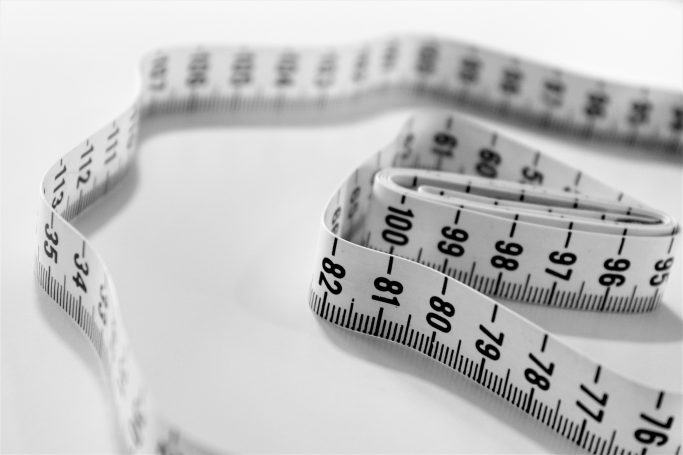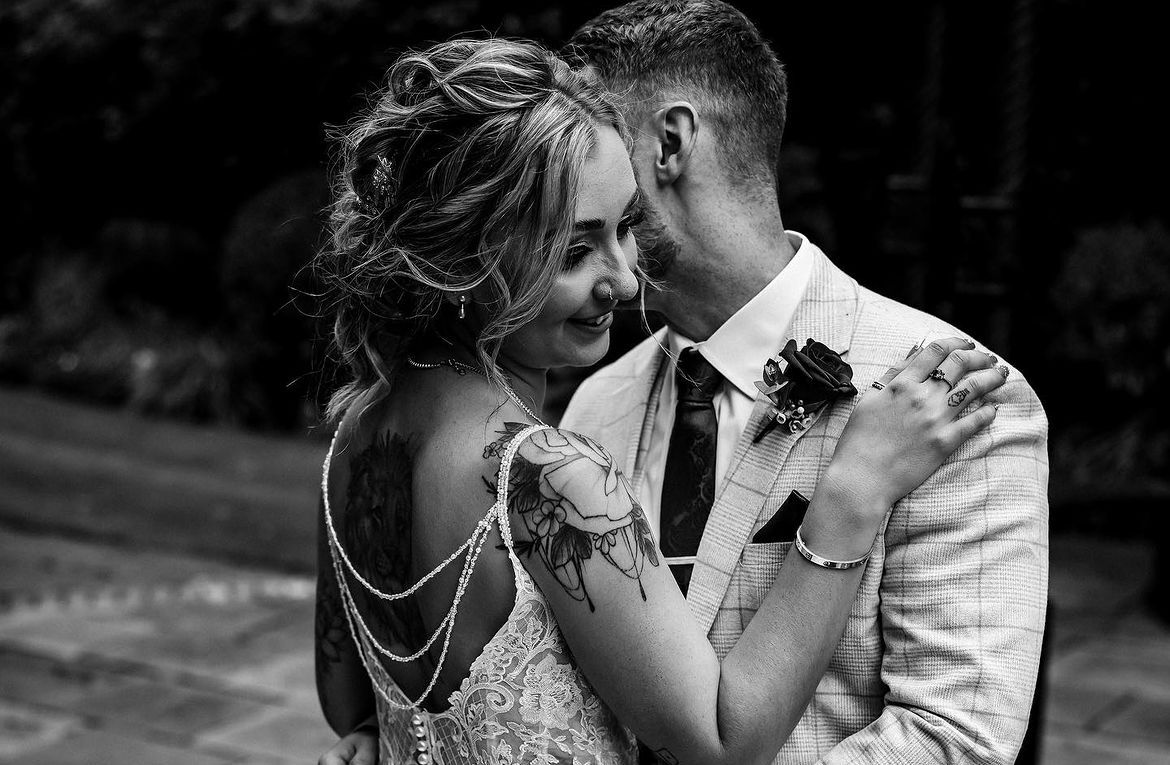Finding a suit that fits perfectly can feel like a challenge, but taking accurate measurements is the key to getting it right. Whether you’re buying off-the-peg or opting for something more bespoke, knowing how to measure for a suit ensures a flawless fit and makes you feel confident in your attire.
While we always recommend a professional measuring service for the best bespoke suit results, there’s no harm in trying the process for yourself. That’s why we’ve broken things down step by step, to help you figure out your measurements accurately and properly.
Why Measuring Matters: The Key to a Great Suit
The first step to nailing the perfect fit is understanding the importance of precise measurements. A well-fitted suit isn’t just about looking sharp; it’s about comfort and confidence. Off-the-rack sizes can vary wildly, and custom-made suits require exact details to create a polished look.
Learning how to measure yourself for a suit gives you control over your choices. It ensures the jacket sits correctly on your shoulders, the trousers hang neatly, and everything feels as good as it looks. Knowing your measurements also helps when shopping online or comparing sizes from different brands.
If you’re uncertain or want professional assistance, you might wonder, “Where can I go to get measured for a suit?” Many department stores, tailors, and menswear shops offer this service. They can also provide tips on how to maintain your suit once it’s tailored to perfection.

Getting Started: How to Measure for a Suit
To measure yourself for a suit, you’ll need a flexible tape measure, a mirror, and a bit of patience. Begin with the basics: your chest, waist, and hips. These core measurements will determine how your suit fits across your torso. When measuring, stand naturally – don’t puff out your chest or suck in your stomach -as you want a realistic fit that works with your body shape.
After all, as @hespokestyle quotes, “Fit is King”.
Jacket Measurements
For the jacket, it’s vital to get the shoulders right. Whether it’s for a standard style plain suit, or for something double-breasted, keeping things in line with the shoulders helps set the standard for the whole suit.
To do this, measure across the widest part of your chest, keeping the tape measure snug but not tight. This step is essential for understanding how to measure for a suit jacket, as it affects the overall shape and structure of your look. The sleeves should also be considered – measure from the edge of your shoulder to just past your wrist.
Here’s a quick step-by-step process:
- Chest – Wrap the tape around the fullest part of your chest, under your arms, keeping it level.
- Shoulder Width – Measure from shoulder tip to shoulder tip across your back.
- Sleeve Length – Measure from the top of your shoulder down to your wrist, with a slight bend in your arm.
- Jacket Length – Start at the base of your neck and measure down to mid-hip or your preferred length.
Trousers Measurements
Your trouser measurements are equally important – doubly so if you’re getting fitted ahead of a black tie event or something that requires impeccably sharp trouser cuts. Measure around your natural waistline, ensuring the tape measure stays level all the way around. For length, measure from your waist to the desired trouser break – just above the shoe for a classic fit or slightly shorter for a modern look.
Here’s the steps to take for these measurements:
- Waist – Measure around your natural waistline, just above the navel.
- Hips – Wrap the tape around the widest part of your hips, keeping it level.
- Inside Leg (Inseam) – Measure from the top of your inner thigh to your ankle.
- Outside Leg – Start at your waist and measure down to where you want your trousers to end.

Common Mistakes and How to Avoid Them
Measuring yourself for a suit isn’t difficult, but a few common missteps can throw things off. One mistake is pulling the tape measure too tightly, which can lead to garments that feel restrictive. Instead, keep the tape snug but allow a little breathing room to ensure comfort.
Another classic issue is measuring over bulky clothing, as this can add a lot to the measurements and prevent you from getting accurate numbers. To avoid this, always wear a fitted t-shirt or stand shirtless to get the most accurate numbers. This is especially crucial when learning how to measure for a suit jacket, as excess fabric can skew your shoulder and chest measurements.
Final Tips for a Perfect Fit
When you’ve finished taking your measurements, it’s understandable to be a little unsure of them the first time you try this. That’s why we’ve got this list of last checks to consider when going through the process:
- Double-check accuracy – Take each measurement twice to ensure consistency.
- Use a mirror or get help – Ensures tape measure stays level and properly positioned.
- Wear light clothing – Avoid bulky fabrics that can distort measurements.
- Consider professional measuring – If unsure, the experts in suits can help walk you through the process, or even take the measurements
Taking your own measurements is an invaluable skill, but don’t hesitate to seek guidance if you’re unsure. You want to make sure that your suit will fit perfectly, and being accurate is key.


